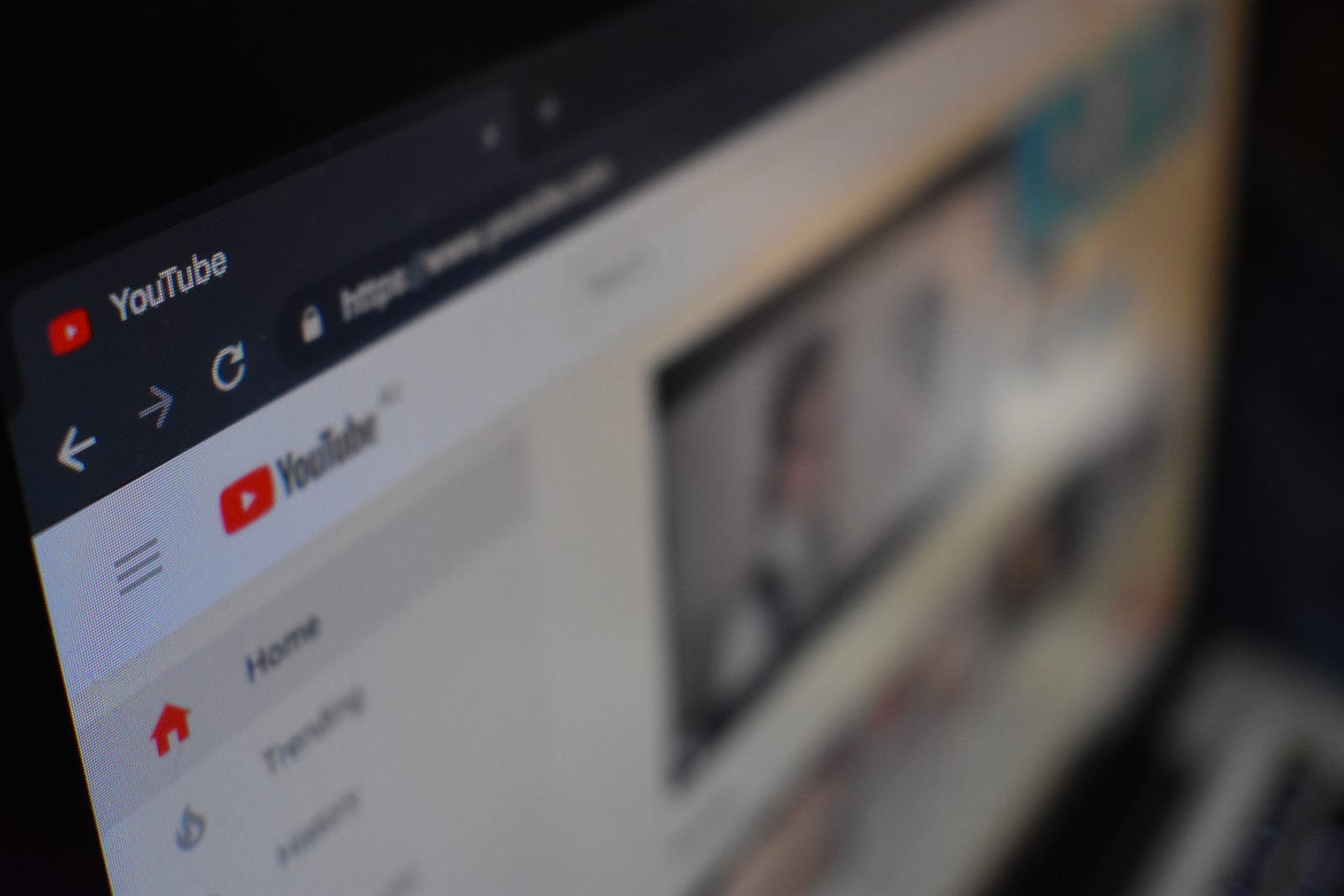
Photo by Christin Hume on Unsplash
Okay, let’s say you’ve just written a great blog post. You poured your heart and soul into it. You’re proud of the piece.
You publish it and then…. not much happens. Maybe you get a few views, but people just aren’t responding to it.
A client will come to me with a piece and say, “What’s up with this, Jim? I think it’s a really good piece. Do I suck as a writer? (Yes, we all ask this question at times.)
And then I’ll take a look at it. Sometimes the headline is just not engaging. (For help with this, here’s a post for you.) But another really common problem is the post is just a wall of text. There is no real formatting.
Let me ask you a question.
When people see a wall of text on a screen, what do most people do?
That’s right, they stop reading altogether. Sometimes, at best, they might skim it. Most online readers are skimmers. And that’s really important. Our attention spans are not getting any better.
My friend Shon Christy says “Attention is the new currency today.”
He’s probably right. There is no doubt we are all busier than ever. Your content is competing with countless other websites, Netflix, YouTube, and video games.
Keep that in mind.
If you want to reach people, writing alone will only reach a very small portion of your audience. I have to share an eye-opening stat with you:
20% of people will read the text on a page, but 80% of people will watch a video.
The hard truth is that you’re not just a writer: you’re a content creator. It is important to reach your audience in audio, video, and text. Not just text. I know, that sounds like a lot. But it’s not as bad as it sounds, I promise. You can absolutely do all three.
What Should You Do First?
I know, creating all of this content sounds pretty overwhelming. I know what you’re thinking: is something missing? How the heck can I do all of this? Some kind of magic formula is the answer, right?
Sadly, there are no magic formulas. Anyone who tells you there is lying to you or trying to sell you something.
Thankfully, there are some simple strategies that can give you clarity and insight.
Check out this picture.

Photo by LymeBye Creative Commons
Yep, that’s a train. You’ve got the engine first. That’s what pulls the train, and then the rest of the cars follow the engine.
The same logic applies to how you can create more content.
For many writers, blogging is the engine. Or maybe writing a book is the engine. Then audio and video are the train cars that follow behind.
The point is, it’s the writing that enables you to do more. Focus on that first.
You can’t create a bunch of engines, or you’ll just find yourself confused and not sure what to do next. Doing everything at once is a sure-fire way to get overwhelmed and exhausted. But that’s often what many people do.
When you have a bunch of priorities, that means you don’t have a priority.
So you know you’re starting with the writing as the engine, right? Good. Focus on that. That’s really important. Writing is what powers that engine and keeps it moving along the tracks.
The Next Super Easy Step
After you’ve focused on your written content, read some of your content out loud into your phone. You can use the audio recorder app.
Just as an experiment. Try it out.

Photo by Jonathan Velasquez on Unsplash
You don’t even have to share it or publish it with anyone.
That’s it. Not so bad, right?
Well, you’ve just taken some really important first steps. You’re on your way to creating a podcast.
Despite what many may tell you, to record a podcast you don’t really need a bunch of bells and whistles and high-tech gadgets. You can download Anchor and start a podcast today in a matter of just a few minutes.
I’ve created a podcast called The Write Your Book Podcast with my phone. I often record episodes while in my car or at home on the couch. Fancy set up, right? And get this — I now have over 15,000 downloads with this setup. Just me talking into my phone. So, if I can do it, you can do it!
Don’t let what other content creators are doing scare you away. Don’t listen to that inner critic in your head. You’re comparing someone else’s middle or end to your beginning. Many of the best podcasters have radio experience or have made MANY shows. So don’t think you can compete with them out of the gate. It’s not a competition. Just make things simple, and take some action.
Now You’re Ready For The Next Step
Once you have started podcasting, a natural progression is to just use your phone’s camera to capture the video. Then you can just upload the content to Instagram and Facebook as stories. And best of all, those pieces of content don’t stay around forever. That’s the PERFECT way to start experimenting with video.

Photo by Kon Karampelas on Unsplash
Here’s a quick tip you can use yourself. I’ve actually read chapters of my book Ready Aim Fire as a way of creating content. If you already have a book, you can absolutely do that. It’s simple and easy and helps you sell more books. Not to mention NO ONE DOES IT.
Make no mistake, creating video content is something that will separate you from other writers. Remember, many people will consume video before they consume anything else.
I have to be honest, I know YouTube is a bit scary, so work your way up to that point. I mentioned Instagram and Facebook Stories. LinkedIn is a pretty safe space to share your content too in my experience. Try making YouTube videos for one person, not the masses. When you publish the video, you can even keep it unlisted and share it with a smaller segment of people you trust for feedback.
And after a week of creating videos, it’s time to publish one. But I want to give you a trick that will give you peace of mind: Just turn off the comments. That’s it. I highly recommend this to anyone who is starting out. You absolutely CAN create compelling video content from your written content.
A Quick Recap For You
Okay, what’s next? I have a few specific tips for you. I’ll keep this nice and simple because I want you to take action. Let’s dive in.
Everything starts with your engine.
Remember everything starts with your engine — writing. Then turn your focus toward the rest (the train cars like audio and video). Pick one piece of written content and go from there.
Once you have your engine, create more content. Take the written piece you have selected and record it in audio form and then video form. Ideally, you want to post at least once a week in audio, video, and text. Experiment with it. Have fun with it. You’re telling stories. If it’s not fun, you’re doing it wrong.
Once you’ve tried made content for two weeks, look at the results.
Ask the following questions:
- What can be made easier?
- What is working?
- What is not working?
- What can be improved?
- What have you learned?
You’ve got this. I know trying new things can be a bit overwhelming at first. Here’s the good news: once you get started, you’ll pick up momentum and move faster.
You’ll soon be creating more content than you can imagine. The process will become more natural for you.
If you need any help, send me an email: jimwoodswrites@gmail.com. I’ve been helping other writers create more content for the past six years. I’d love to help you any way I can.
Want to tell better stories? Grab my free Storytelling Cheat Sheet Here.
Jim Woods is a writer who believes stories can change the world. He is the creator and founder of StoryCrafting. His work has been featured in Fast Company, Life Hacker, Goinswriter, The Write Practice, and other publications.



